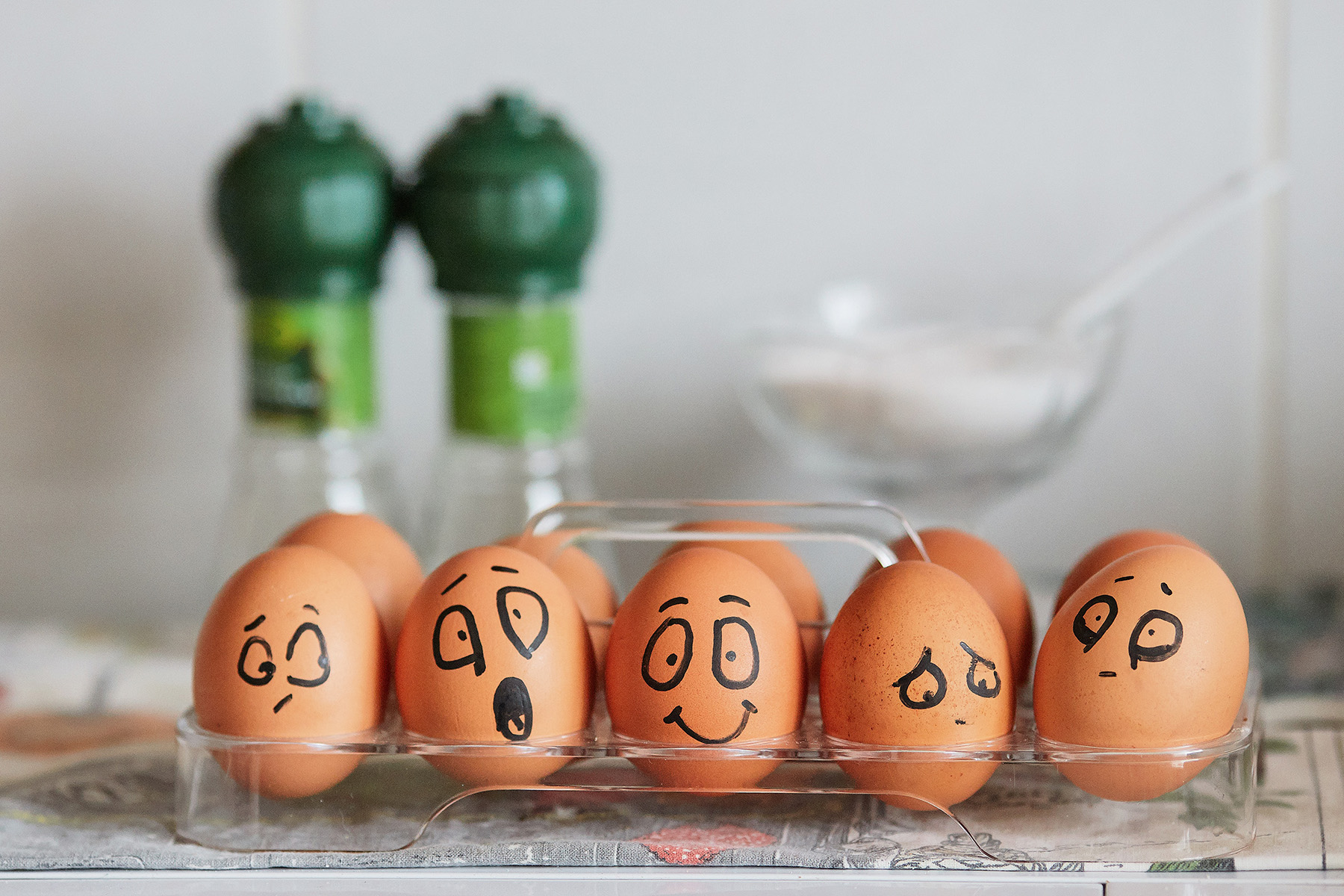Checklist part 2: ‘Emotions need motion’

I’m returning to my checklist, with a focus today on our emotional selves. Emotions make us human, and they are surging through us every day.
Scott Barinato published a very insightful interview with David Kessler this week in the Harvard Business Review: That Discomfort You’re Feeling is Grief. For me, seeing my present emotions through the framework of grief produced a slow exhale: Ahhh. That is what is happening. Kessler explains:
Understanding the stages of grief is a start. . . . It’s not a map but it provides some scaffolding for this unknown world. There’s denial, which we saw a lot of early on: This virus won’t affect us. There’s anger: You’re making me stay home and taking away my activities. There’s bargaining: Okay, if I social distance for two weeks everything will be better, right? There’s sadness: I don’t know when this will end. And finally there’s acceptance. This is happening; I have to figure out how to proceed. . . . We find control in acceptance. I can wash my hands. I can keep a safe distance. I can learn how to work virtually.”
Kessler suggests we allow ourselves to feel, without judging ourselves. “Emotions need motion,” he wrote. I received this text from one of the most spiritually mature and grounded people I know: “I HATE THE CORONAVIRUS!!!” In silence, in prayer, in texts and conversations, we need to let our emotions flow and not get stuck in our bellies or our minds, where they do damage.
Author and Episcopal priest Barbara Taylor Brown advises:
The best thing to do when sadness has your arms twisted behind your back is to sit down with the saddest child you know and say, ‘Tell me about it. I have all day.’ . . . . After years of being taught that the way to deal with painful emotions is to get rid of them, it can take a lot of reschooling to learn to sit with them instead . . . .”
I would add that “the saddest child you know” may be a part of yourself.
In the moments when I am not working these days, I am trying to choose wisely between “flowing my emotions” through various practices, and finding delight and humor in new ways. Kevin and I are indulging in the sixth season of Downton Abbey in slow installments. Nature is a balm and a teacher: the days are reliably getting longer. Spring is coming!
We can’t skip the stages of grief, but we can be kind to ourselves and one another as we flow through them — sometimes in waves and loops. Kessler’s research on grief has led him to name a sixth stage of the grief process: meaning. He says, “I believe we will find meaning in it. . . . I believe we will continue to find meaning now and when this is over.”
I am not there yet. But that’s alright.
Rebecca Stoltzfus




